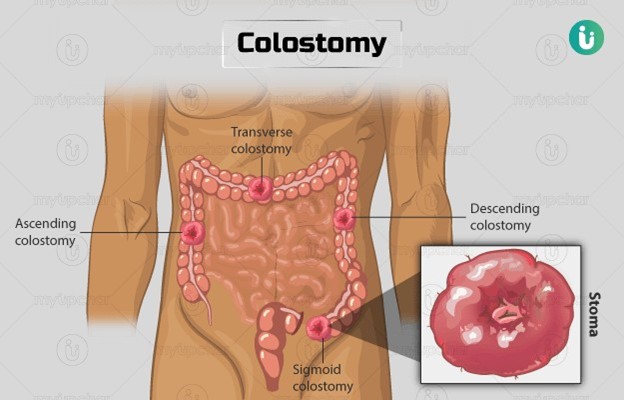A nurse on a pediatric unit is caring for a toddler who has poor dietary intake. Which of the following actions should the nurse take first?
Obtain the child's dietary history.
Offer the child nutritious snacks between meals.
Encourage the family to be with the child during mealtimes.
Instruct the family to praise the child when they eat.
The Correct Answer is A
A. Correct. Gathering information about the child's dietary history is the first step to understanding the potential underlying causes of poor intake.
B. Incorrect. Offering nutritious snacks is important, but understanding the child's history is a higher priority.
C. Incorrect. While family presence during mealtimes is important, addressing the child's dietary intake takes precedence.
D. Incorrect. Praise is important but doesn't address the underlying issue of poor dietary intake.
Nursing Test Bank
Naxlex Comprehensive Predictor Exams
Related Questions
Correct Answer is D
Explanation
A. Incorrect. Assisting the client with relaxation techniques can be helpful in managing bladder training, but determining the client's voiding pattern is the first step in designing an effective program.
B. Incorrect. Discouraging the intake of carbonated beverages might be part of the bladder training plan, but the first step is to assess the client's current voiding pattern.
C. Incorrect. Offering toileting opportunities every 1 to 2 hours is part of the bladder training program, but determining the client's voiding pattern is the initial action.
D. Correct. The nurse should first determine the client's pattern for voiding, including the frequency of voiding and any patterns of urgency or incontinence. This information is essential to tailor the bladder training program to the client's individual needs.
Correct Answer is B
Explanation
This statement shows that the client understands the importance of monitoring the color of the stoma and seeking medical attention if any concerning changes occur. A purple or dark discoloration of the stoma can indicate inadequate blood supply to the area, which requires immediate medical evaluation.
"I will irrigate the colostomy every day." Colostomy irrigation is not typically done every day. It is a procedure used for some individuals with specific types of colostomies to establish a regular bowel movement pattern. The frequency and need for colostomy irrigation should be discussed and determined with the healthcare provider.
"I should expect my stool to be formed." Depending on the location and type of colostomy, the consistency of stool can vary. In the case of an ascending colostomy, the stool is usually liquid or semi-liquid because it is closer to the beginning of the large intestine. Expecting formed stool with an ascending colostomy would not be accurate.
"I will no longer be able to eat nuts." The ability to eat nuts or any other specific foods will depend on individual tolerance and the advice of a healthcare provider. In general, having a colostomy does not mean that all foods need to be eliminated from the diet. A well-balanced and varied diet can still be maintained with appropriate consideration for individual preferences and any dietary restrictions based on the specific situation.

Whether you are a student looking to ace your exams or a practicing nurse seeking to enhance your expertise , our nursing education contents will empower you with the confidence and competence to make a difference in the lives of patients and become a respected leader in the healthcare field.
Visit Naxlex, invest in your future and unlock endless possibilities with our unparalleled nursing education contents today
Report Wrong Answer on the Current Question
Do you disagree with the answer? If yes, what is your expected answer? Explain.
Kindly be descriptive with the issue you are facing.
